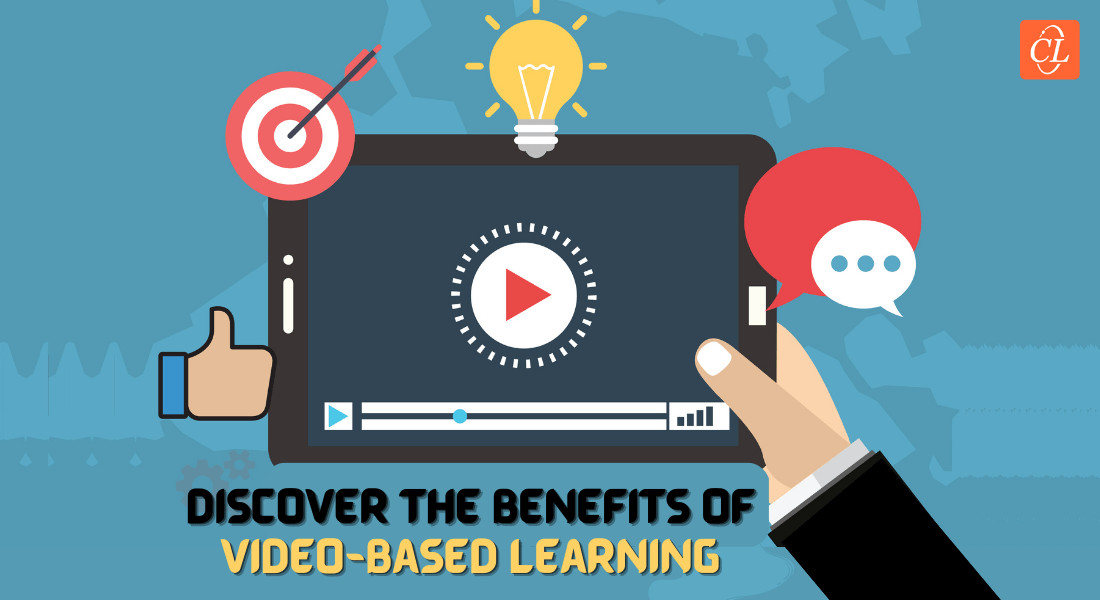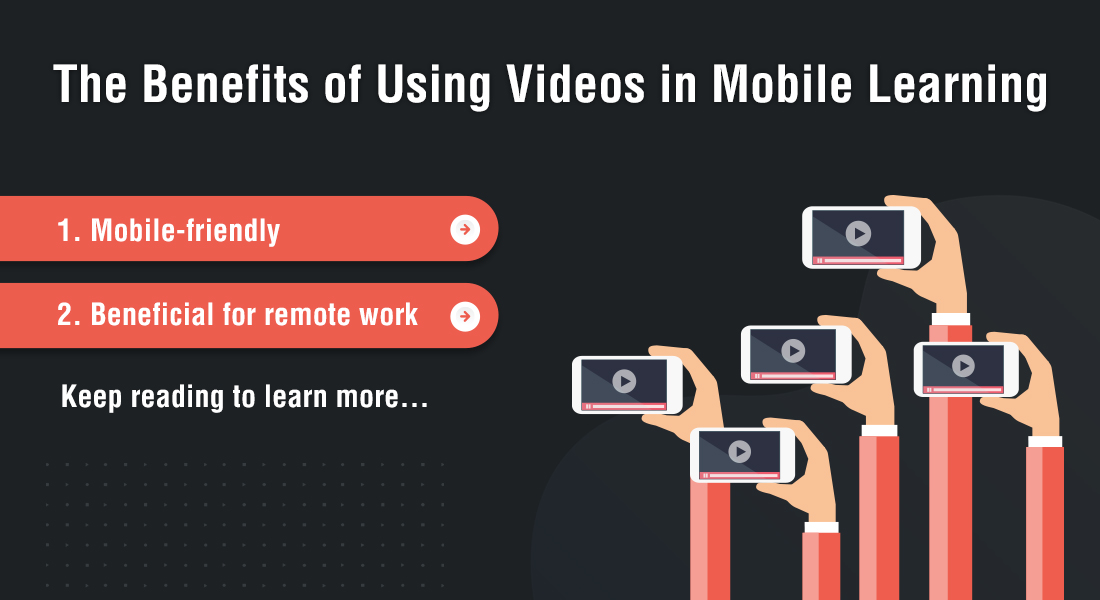7 Ways Video-Based Learning is Transforming the Healthcare Industry [Infographic]
![7 Ways Video-Based Learning is Transforming the Healthcare Industry [Infographic] 7 Ways Video-Based Learning is Transforming the Healthcare Industry [Infographic]](https://blog.commlabindia.com/hubfs/blogs/ways-video-based-learning-transforming-healthcare-industry-info.jpg)
In the fast-paced world of healthcare, if you want to be the best in the game, you need to stay updated with the latest advancements, protocols, and techniques. There’s no other way to go about it! Therefore, regular training plays an integral role in the healthcare industry. But here’s the catch. Modern-day learners are no longer keen on traditional methods of learning. That’s right! They no longer want to sit through the tiring, monotonous lengthy classroom lectures or gaze at the PPT screen. The new-age workforce is driven by engaging and immersive approaches to learning. Among these, video-based learning continues to hold the spotlight for various reasons. The popular one is the familiarity with the type.
Learners consume information through videos from different platforms. This has made videos a part of their lifestyle. So when corporate training is provided through videos, it doesn’t seem like a task, instead, learners are attentive and engrossed throughout the learning process. In this blog, we’ll take a detailed look at the concept of video-based learning, how it benefits the healthcare industry, and 5 best practices for designing impactful videos for healthcare training.
So without any delay, let's start!
What is Video-Based Learning?
Video-based learning involves the use of multimedia content, primarily videos, to deliver information. It goes beyond static text or images and combines various audio, visual, motion graphic, and special effects to offer a more immersive and meaningful learning experience. Whether you want your employees to know about surgical procedures, patient care protocols, or diagnostic techniques, video-based learning helps you demonstrate complex concepts with ease. This makes it easier for learners to understand and retain information.
→ Download Now: Must-Know Instructional Design Strategies for Engaging Courses
7 Ways Video-Based Learning is Transforming the Healthcare Industry
3 Best Practices for Designing Impactful Videos for Healthcare Training
Here are 3 best practices for designing impactful videos for healthcare training:
Know Your Audience
Have a clear understanding of who your target audience is. Are they researchers, salespeople, or technicians? Are they new to the field or experienced professionals needing a refresher? All these factors will help you design relevant and engaging training courses by tailoring the content and delivery style to the learners’ specific needs.
Draft Clear Learning Objectives
Learning objectives are the lighthouse for the course design and development. Therefore, make sure you clearly define the key takeaways and ensure the video content directly addresses them.
Keep it Concise and Engaging
Healthcare professionals are busy! So presenting them with everything under the sun seems like a big bet. Instead, try to provide them with need-to-know information that helps them handle their tasks efficiently and grow in their respective field. To present information in a concise manner, you can design microlearning videos. For boosting engagement and interactivity, including multimedia elements and eLearning interactivities can go a long way.
Parting Thoughts!
As the healthcare industry continues to keep pace with quickly changing market needs, video-based learning comes as a blessing. It holds immense potential to positively redefine the future of healthcare training and practice. Put your best foot forward by learning about the instructional design strategies mentioned in the free eBook below. These strategies are must-know for designers to design engaging and impactful training courses. Check now!







